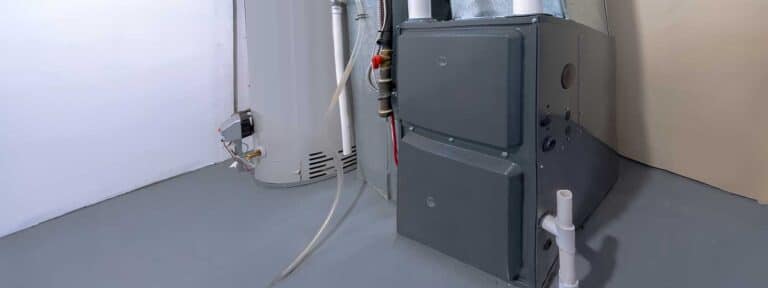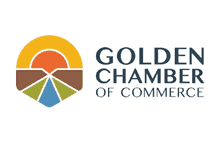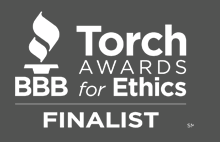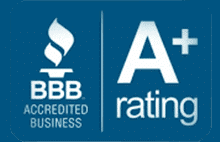Furnace Not Turning On? 7 Reasons Denver Homes Lose Heat
When the first winter cold front hits the Denver metro area, HVAC companies hear the same urgent message over and over: “My furnace is not turning on.”
In Colorado’s freezing winters, a non-working furnace isn’t just inconvenient — it can make your home unsafe, damage plumbing, and lead to emergency repair costs. The good news is that most “no-start” issues fall into a handful of predictable causes, and many are simple for homeowners to check before calling for service.
This guide explains the seven most common reasons your furnace won’t turn on, what you can safely troubleshoot, and when it’s time to call a Denver-area professional like Mac-Vik Plumbing, Heating, Electrical & Air Conditioning.
1. Thermostat Issues: The #1 Furnace Not Working Problem
Before assuming your furnace has failed, rule out the thermostat. Many furnace not turning on situations come from simple control issues, such as:
Since the thermostat tells the furnace when to fire, even minor control problems can make a perfectly healthy system appear broken.

2. Power Interruptions or a Tripped Breaker
A furnace can’t turn on if it’s not receiving power. In Denver, brief electrical surges, older panels, or running multiple large appliances can trip breakers quietly. Your furnace may also have a dedicated service switch that gets flipped accidentally while storing items nearby.
3. Safety Switches and Interlocks Blocking Startup
Modern furnaces are designed to shut down and stay off when they detect unsafe conditions. Common safety triggers include:
In these cases, your furnace isn’t “broken” — it’s protecting your home. Only a technician should diagnose and reset safety systems.
4. Clogged Air Filters Restricting Airflow
During Denver’s dry, dusty winters, air filters clog quickly. When airflow is restricted, the furnace may:
Replacing the filter often resolves many early-stage no-start issues. If the filter is excessively dirty, it may have already caused a safety shutdown that requires a tech to reset.
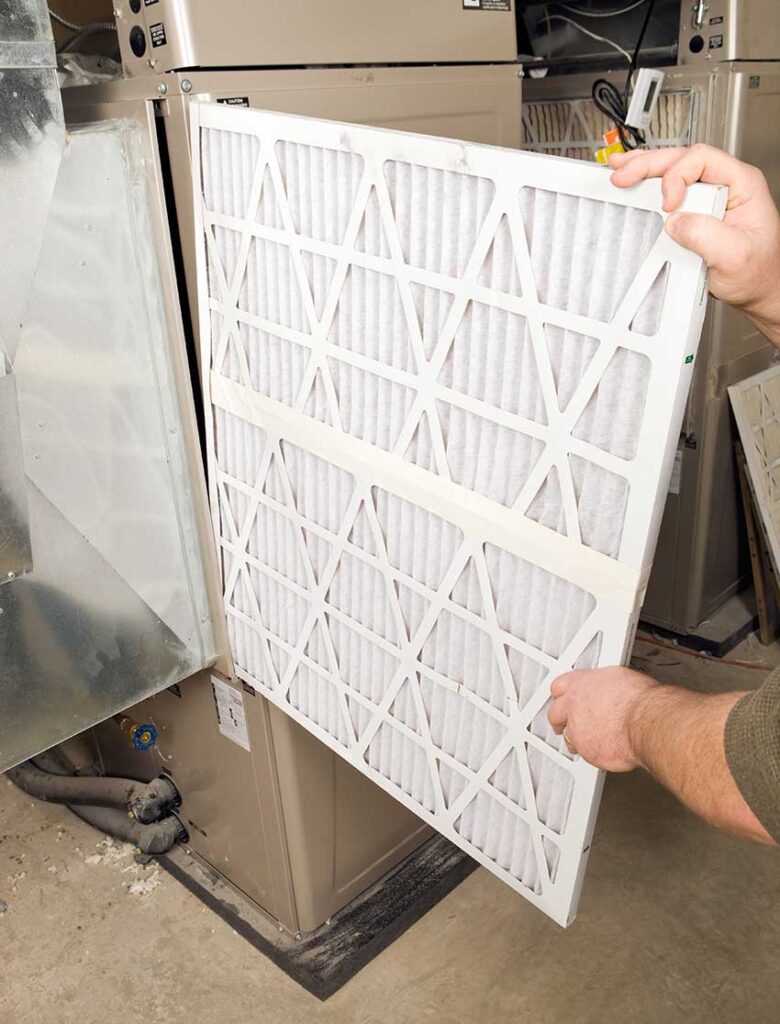
5. Failed Ignitor or Flame Sensor
If you hear the furnace click, start, or attempt to ignite before shutting off again, the issue may be with:
These components wear naturally with age and frequently cause intermittent “starts then stops” behavior. This is one of the top mechanical reasons a furnace is not turning on in older Colorado systems.
6. Gas Supply Problems Preventing Ignition
Your furnace won’t turn on if it isn’t receiving fuel. Possible causes include:
7. Age-Related Decline and Intermittent Failure
Older furnaces often fail inconsistently before they fail completely. Homeowners may notice:
These symptoms typically indicate failing internal components (control boards, motors, or sensors). If your furnace is more than 15 years old, repeated “no-start” issues mean it’s nearing end-of-life.
What to Check Before Calling a Professional
You can safely do the following without tools:
Stop troubleshooting after these steps.
Do not remove furnace panels, bypass switches, or adjust gas valves — these are areas where DIY attempts frequently create new issues or dangerous conditions.
When to Call a Furnace Technician
Call a professional immediately if:
A furnace that won’t turn on rarely “fixes itself.” Small ignition or sensor problems worsen quickly during Denver’s cold snaps.
Why Professional Diagnostics Matter More in Colorado
Denver’s elevation, climate, and long winter run times create unique conditions that affect furnace behavior:
Colorado furnaces need altitude-appropriate setup, calibration, and airflow balancing — which generic HVAC guides often overlook. Professional diagnostics from a local expert prevent repeated shutdowns and catch failures before the next freeze.

Why Denver Homeowners Trust Mac-Vik for No-Heat Emergencies
When a furnace stops working in winter, homeowners need fast, reliable support. Mac-Vik Plumbing, Heating, Electrical & Air Conditioning provides:
Denver homeowners rely on Mac-Vik because the company restores heat quickly and stands behind every repair.
Preventing the Next Furnace No-Start Moment
Once the immediate problem is fixed, the best way to prevent a repeat failure is pre-season furnace maintenance before the first heavy cold front.
Professional maintenance includes:
Routine maintenance significantly reduces the risk of winter breakdowns — especially in older systems or homes with children or elderly residents.
Learn more about Mac-Vik’s maintenance plans.
Final Thoughts: Furnace Not Turning On? It’s Fixable.
Most “furnace not working” situations come from predictable causes: thermostat problems, airflow issues, power interruptions, ignition failure, gas supply problems, safety lockouts, or age-related decline.
Whether it’s a simple fix or a developing failure, the safest and fastest solution is a professional diagnostic from a trusted Denver HVAC expert.
Need Heat Restored Fast? Contact Mac-Vik
If your furnace isn’t turning on — or is starting and stopping unpredictably — get ahead of the next freeze.
Contact Mac-Vik Plumbing, Heating, Electrical & Air Conditioning for:
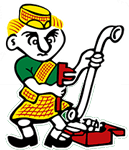
Don’t wait for the cold to decide for you — get your heat restored safely and quickly. Contact Mac-Vik directly or request a service online.:


